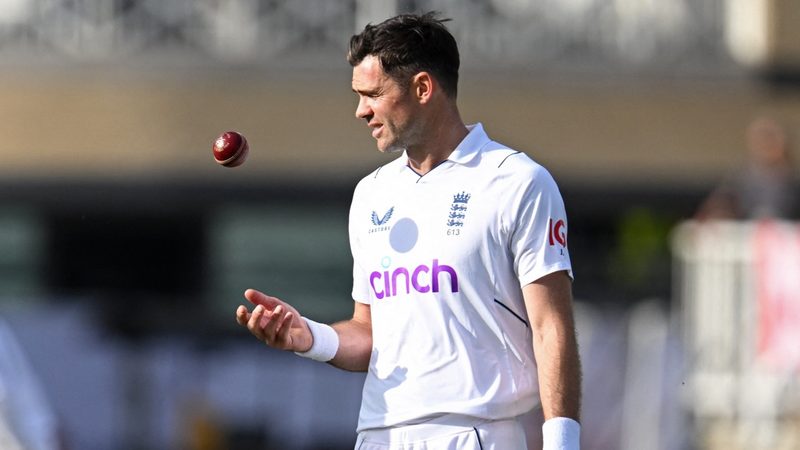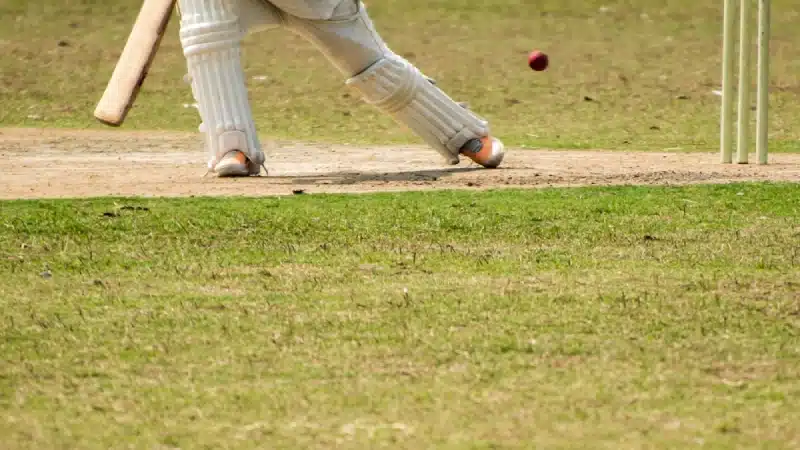
At Trent Bridge in June 2022, the world saw four long-term fast bowlers still going strong in the England vs New Zealand series. The quartet was Tim Southee, Trent Boult, and of course, the duo who seems to have had the elixir of youth; Stuart Broad and James Anderson.
Fast bowlers, in particular, who put too much strain on their ankles, are unlikely to be long career holders. Frank Tyson retired at the age of 28, Ian Bishop at the age of 30, and Andrew Flintoff at the age of 31. Compare that to Anderson, who is 39, and Broad, 35, and look no closer to slowing down.
“Since I’ve turned 35 my record’s got even better so I know that I’m not slowing down, I’m not losing anything,” Anderson pointed out.
Bowling fast in cricket is one of the major sources of injury - and this is substantiated by both, science and observational examples. And thus, fast bowlers are notoriously known to be difficult to manage and be protected from injury. The art and science of keeping fast bowlers fit and on top of their game is key for the long-term success of teams at the top level.
In simple terms, coaches and sports scientists will tell you succinctly that the key is workload management. It is not just a measure of how much a bowler bowls to master their craft, but also how frequently they do so.
Research sponsored by the England Cricket Board has set up guidelines as to how much a bowler should bowl in a day and week to be in the ‘good zone’, such as bowlers aged 16 and above can bowl 108 balls a day in spells of 42 deliveries. Such science based research, coupled with advanced nutrition and weight training has seen Broad and Anderson become outliers in fast bowling longevity.
The younger the player, the more cautious one must need to be. It's vital that teenage fast bowlers who are preparing for underage events where numerous games are played in a week-long carnival format organise their bowling workloads effectively. Sportspeople are more likely to get injured after a sudden increase in physical demands, whether it's a training spike or consecutive match loads, or a combination of both.
In basic terms, progressive overload is crucial, and not bowling enough, as well as not receiving adequate rest days, can lead to damage. Rest days in this context refer to days when one doesn’t bowl, but they are also good days to go to the gym or do other fitness activities. Progressive overload is a term that describes a gradual increase in physical activity in which the body is pressured over time. Six weeks in the context of a typical cricket pre-season, and in keeping with Cricket Australia's recommendations for bowling pre-season, which state that six week programs are best to conditionalise the bowlers.
According to research done by the University of Western Sydney, suggests a maximum of 200 balls bowled per week, and with adequate rest days in between.
At the top level, workload management takes an even more technological turn. “When we talk about workload management, we are looking at the number of overs a bowler has bowled. But then a bowler can over-exert himself in a game and that is not under your control. So we use the GPS tracker to monitor all his movements on the field,” India bowling coach Bharath Arun said on episode three of Inside Out, a show hosted by India women’s team coach WV Raman in 2020.
The workload in modern-day cricket is vast. England and Australia have set the pace in taking care of their fast bowlers, and teams like India and Pakistan are following suit.
Featured photo: AFP / PAUL ELLIS




















